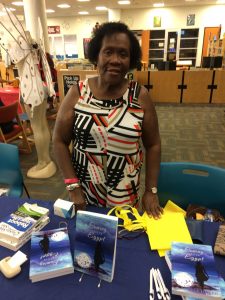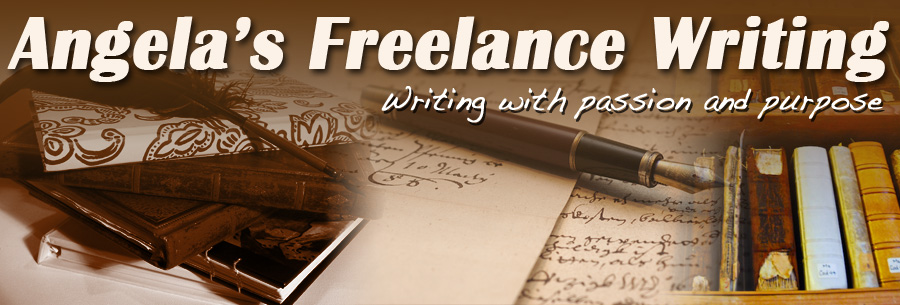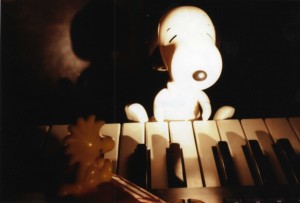 Hope you are enjoying your Labor Day holiday. I am taking full advantage of the stormy weather we’re having in South Florida today to catch up on some writing and reading as tropical storm Gordon moves through. Whatever you do today, take some time to rest and prepare for tomorrow.
Hope you are enjoying your Labor Day holiday. I am taking full advantage of the stormy weather we’re having in South Florida today to catch up on some writing and reading as tropical storm Gordon moves through. Whatever you do today, take some time to rest and prepare for tomorrow.
When you think of a library, you think of a place that is always quiet, where people speak barely above a whisper, so you can read or browse the bookshelves with little distraction. Well, this past Friday evening, one of my local libraries, the South Regional – Broward College Library, did not fit this description. And no one complained because everyone was there to celebrate the 56th independence anniversary of the twin-island nation of Trinidad & Tobago. It was a time of food, fun, laughter and, as happens with every T & T occasion, music.
I was fortunate to have a table at the festivities where I met a lot of fellow Trinidadians, and sold a few copies of my book Coming Out of Egypt. I must tell you I was a little surprised, and pleased, at how much the title drew people’s attention, and here’s why. The story of the two sisters who came out of an abusive childhood begins in their hometown of Egypt Village, Trinidad. Egypt in the Bible represents a place of bondage; a place where the Israelites were kept in slavery for 400 years until God sent Moses to deliver them. The girls’ situation when the story begins is one of bondage – they were abused by their father, although that took before the story began. They eventually flee Egypt Village to elude the police and so they came out of Egypt literally. With the intervention of Marva’s teacher, they begin to overcome some of the effects of the abuse and therefore came out of Egypt figuratively.
That’s the reason for the title Coming Out of Egypt, and I had lots of opportunity to explain that to curious passersby, some of whom were familiar with Egypt Village. I just kept thinking I hope I have all the facts surrounding the setting straight, which is why it’s so important to research settings carefully when you are writing about a place.
You can also follow this gripping series with book 2 In the Wilderness and book 3 In the Promised Land by clicking these links.






